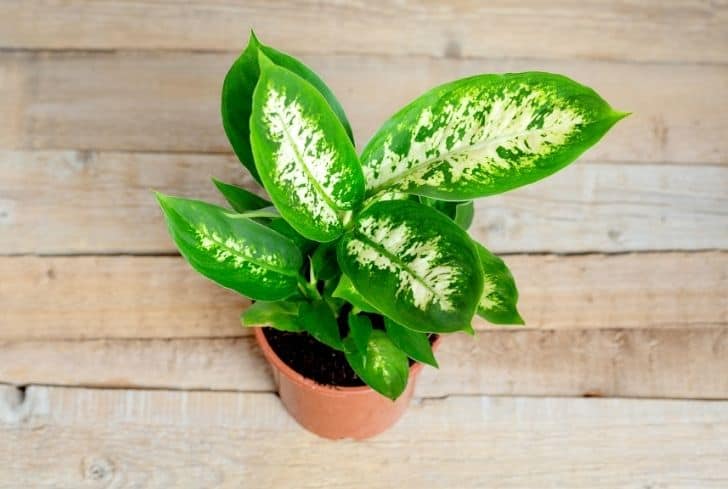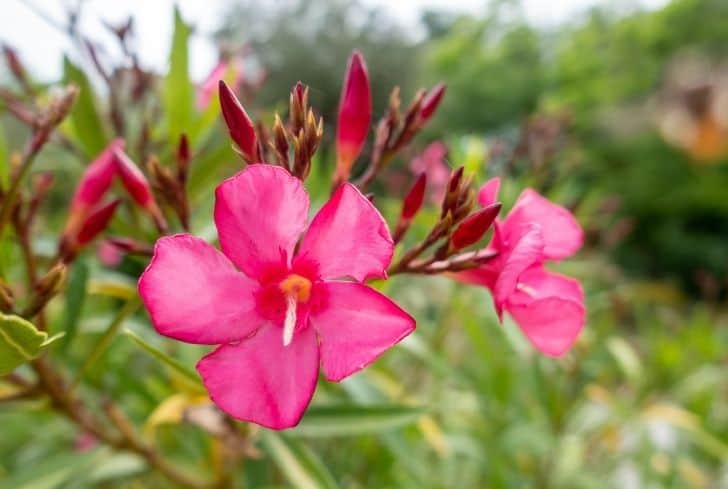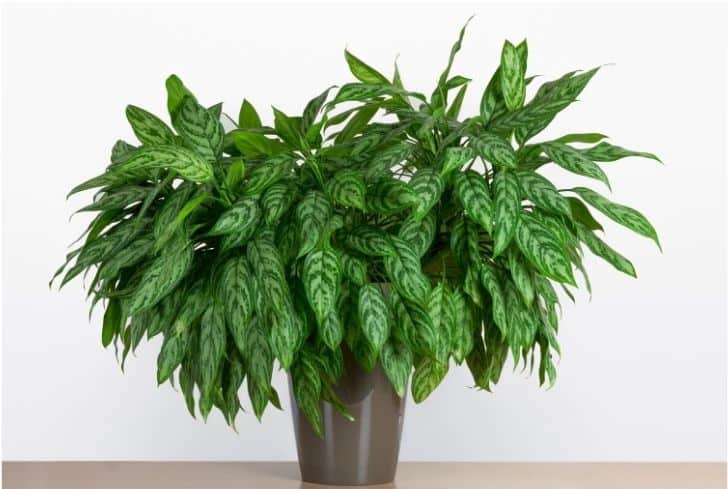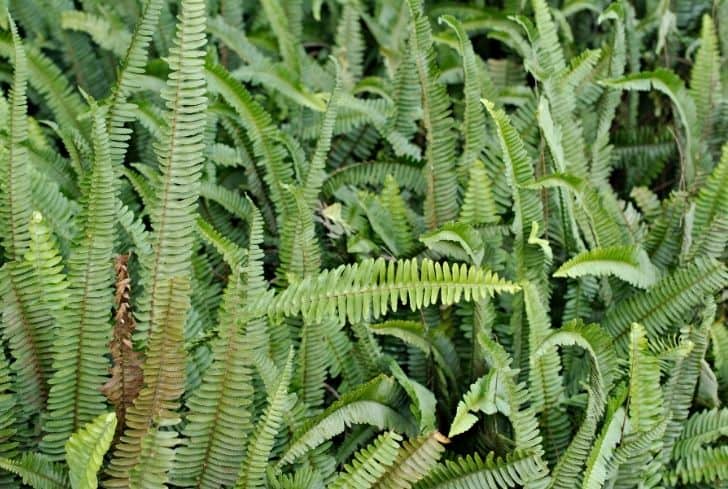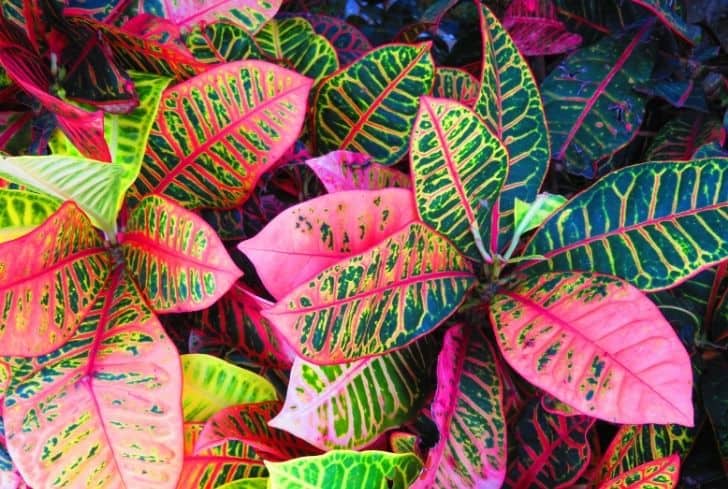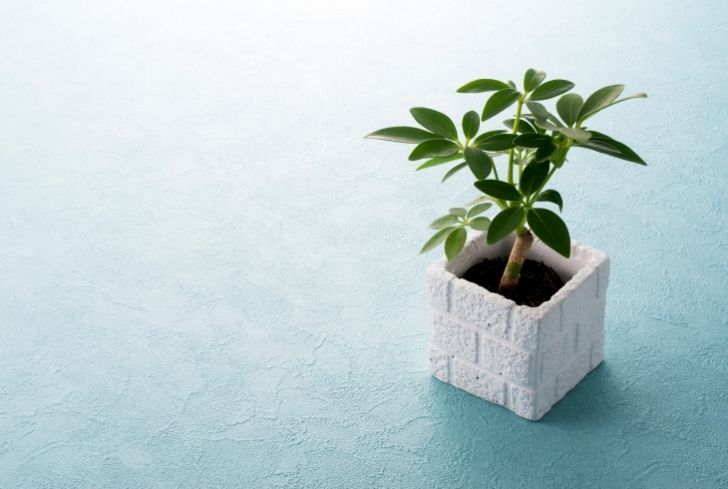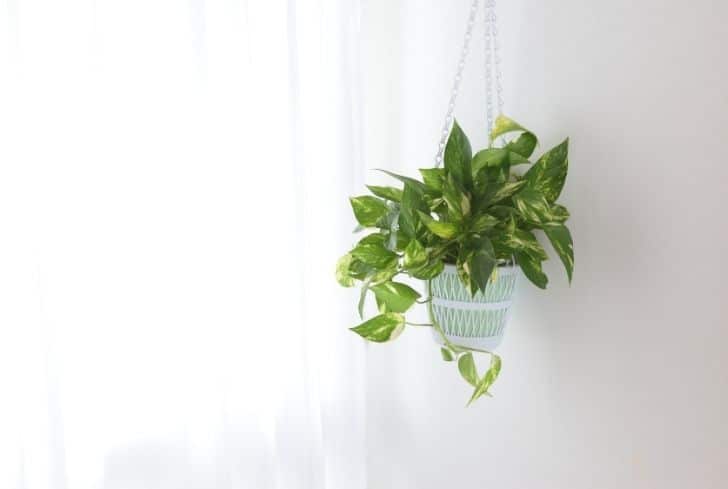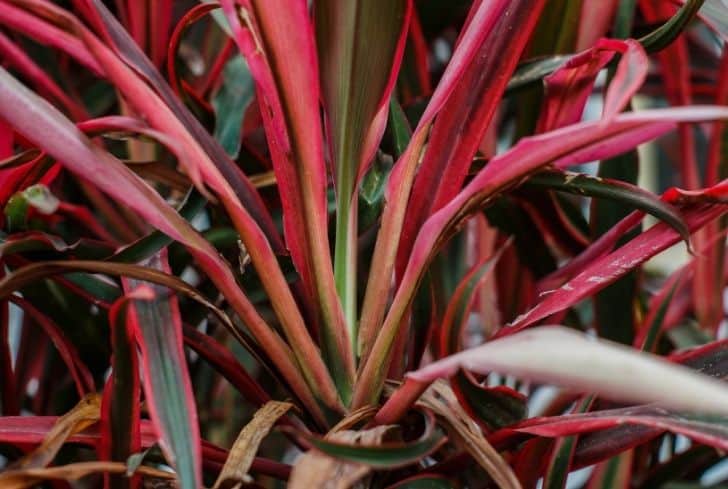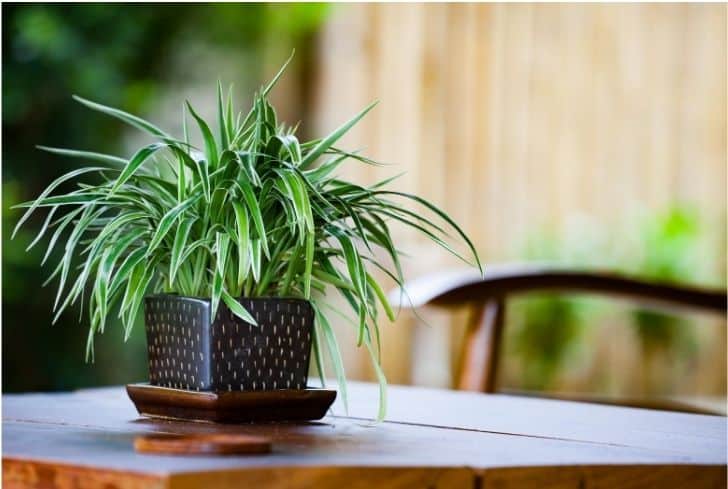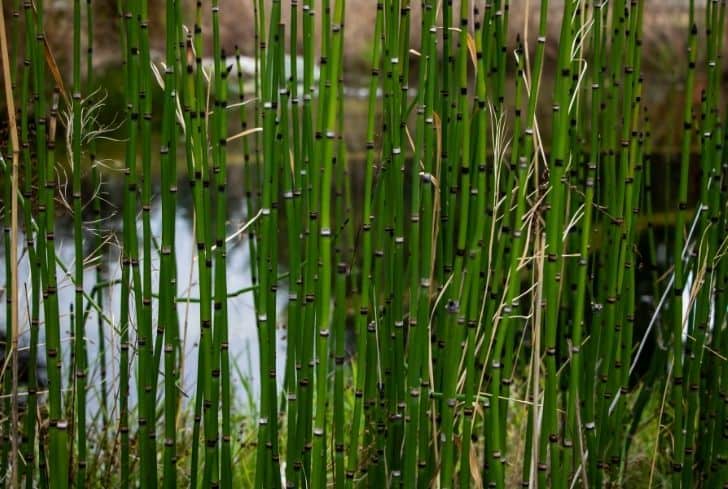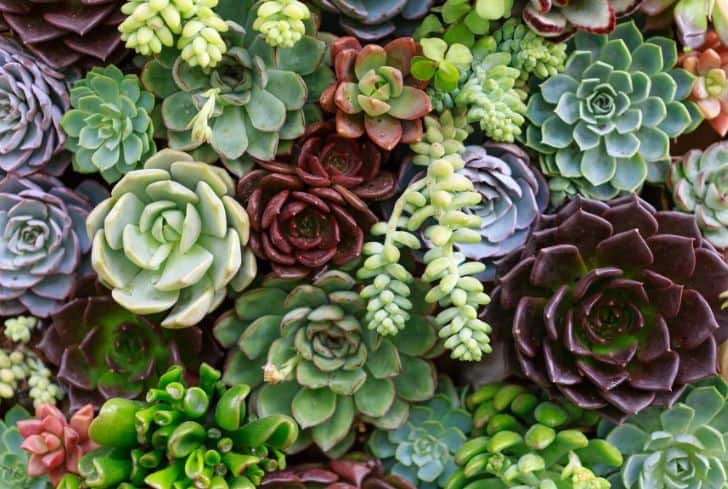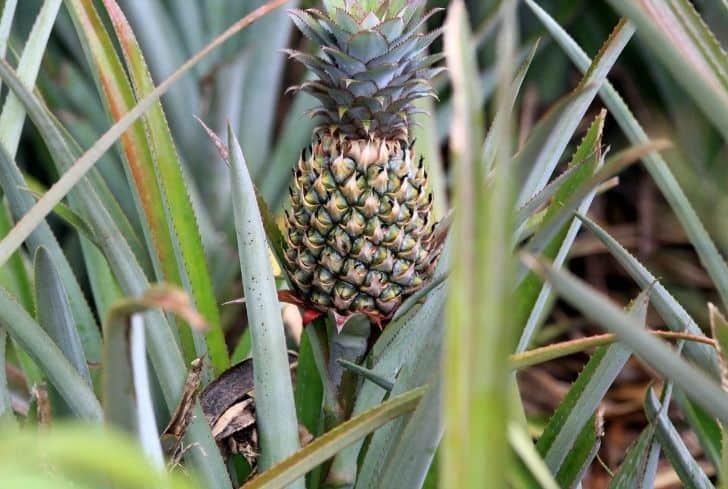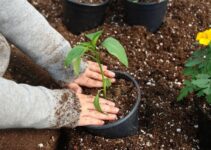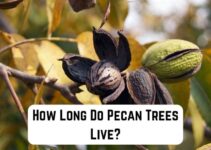Most gardeners would not want to deprive their plants of moisture and well-draining soil.
However, if drainage is a significant constraint or you have desired to try something different, getting plants that do not need drainage holes is one of the best ways to move forward.
Plus, since most of these plants are indoors, the care requirements are significantly less.
So, what exactly are these plants, and how do you nature them?
Well, in this article, we will discuss in detail 13 such plants that do not need drainage holes at any stage. Keep reading to know more about these plants.
13 Amazing Plants That Do Not Need Drainage Holes
Some plants don’t need pots with drainage holes, so you don’t have to worry about purchasing pots that contain them for these.
In this section, I’ll feature some of the most popular indoor plants that don’t need drainage holes, looking at their care and maintenance so that you can ensure they thrive.
These plants include the following;
1. Snake Plant
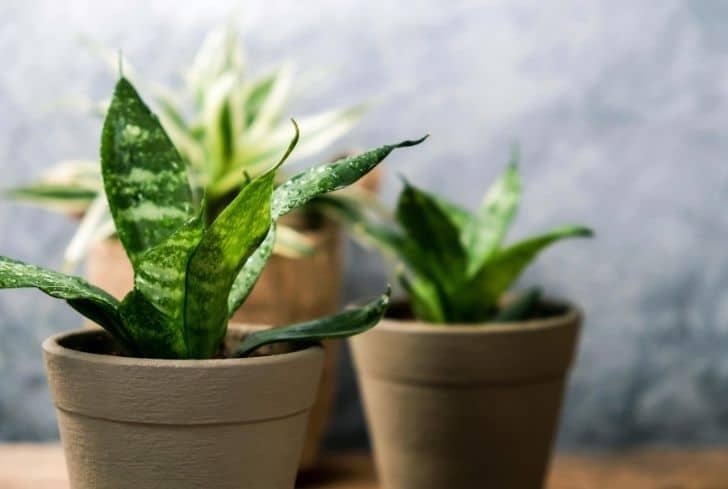
One of the best indoor plants for beginners is the Snake plant. It’s one of our top choices for plants that do not require drainage holes.
Originating from the tropical region of West Africa, snake plants are famous for their blade-shaped and consistently upright leaves.
Although the snake plant is traditionally potted in soil, you can also grow it in a water bowl. All you need to do is pluck some plant cuttings in a tiny water bowl and wait a few days.
After a number of days, you will find that the cuttings are steadily evolving into beautiful snake plants. Just ensure you carefully tie the plant’s base as it grows up, which will cause the leaves to be upright.
2. Oleander Plant
They are also best known as a shrub plant, the Oleander plant is a part of the Apocynaceae family. It’s cultivated almost everywhere globally, so none of us are confident about its true origin. However, certain experts claim the plant to have originated from the Southwestern parts of Asia.
Interestingly, although the Oleander is known for its bright and beautiful blooms, these very blooms can serve to be toxic, and that’s why we will not recommend it if you have kids or pets at home.
The oleander plant is primarily grown as an indoor plant. However, you can also plant it outside. Their most significant highlight is that they can survive with almost little to no water. Plus, unlike its fussy contemporaries, it doesn’t care much about the soil.
All you need to do is feed around one to two inches of water to the plant every once a week or once in 10 days. Ensure the plant receives ample sunlight, but the rays must not be too harsh or excessive, as they might stunt the plant’s growth.
3. Chinese Evergreen
Best known for their elongated, silvery leaves with a tinge of green, the Chinese Evergreen is a popular plant that does not require drainage holes. It is worth noting that although drainage holes aren’t a major constraint for this plant, they do enjoy wet environments.
For best results, you must ensure the soil has an even dose of moisture without being unnecessarily lined with water for an extensive period. That is why it is best to wait a while and allow the soil to dry before you consider adding the next bout of water.
Excessive water might lead to rotting roots in the case of Chinese Evergreens, but as previously mentioned, they do not need any drainage holes. If you do not place them in a pot without a drainage hole, consider moving them to a container with an in-built drainage system.
You might also want to add a couple of stones at the bottom lining of the soil. Additionally, you need to check how fast you are pouring the water. Remember, the soil must be utterly undisturbed at all stages.
4. Kupukupu Fern
Hailing from the warm parts of Hawaii, Kupukupu is a form of sword fern popular for its type of leaves. The plant is characterized by beautiful, stunning green stems that can beautifully thrive on fern trees and soil.
Over time, these stems can start developing tiny tubers, which is another trademark of this unique-looking fern. These tubers are known for boosting reproduction while also allowing the fern to trap in all the nourishment from the food you have provided.
If you plan to grow this plant at home, we recommend growing one fern at a time before proceeding with the others. Remember, if you grow multiple ferns, they may outgrow one another, causing more trouble for you.
Ideally grown indoors, these plants can quickly light up any garden. Plus, as the fern can ideally grow in trees and solid walls, gardeners will have many alternative ways to drain water.
With that said, it is best to skip the standing water technique as it might lead to the yellowing of leaves in Kupukupu. With this simple care requirement and the easy-growing nature of this plant, this plant can suit every indoor garden.
5. Crotons
With a height that can go up to a whopping 5 or 6 feet, this is yet another excellent plant that does not need you to use drainage holes. Crotons are available in various shapes, sizes, and varieties; most are known to thrive best in tropical or warm zones.
If you are planning to get this plant home, make sure you use well-draining soil. You might also want to consider adding some peat moss. Doing this will ensure the plant gets proper drainage despite using drainage holes.
Plus, since overwatering is a severe concern for this plant, you should be careful.
When planting crotons at home, make sure you water them every time the topsoil dries up.
Also, since they prefer humid environments, we suggest you keep it outdoors during the late afternoons. During the winter months, consider moving it indoors. This will ensure the plant survives longer and with minimal maintenance.
6. Dumbcane
Dumb canes may be best defined as water-loving tropical plants. These plants enjoy moisture, so you won’t have to worry about drainage with them. You can quickly transfer the dumb cane plant to a pot or container without drainage holes.
The Dumbcane plant is best known for its beautiful leaves that are both long and wide. The leaves enjoy occasional mist, and the plant thrives best in semi-humid and tropical zones.
If you are getting the plant home, consider misting it occasionally to give it the tropical jungle vibe. It is recommended that you mist your Dumb Cane plant once or twice a week, depending on its size.
The plant is also known to survive in different levels and intensities of light. So, even if you plan to put it indoors, you can occasionally shift it outdoors in the late afternoon.
7. Schefflera
Schefflera is yet another excellent plant that does not require any additional drainage. Hailing from the Araliaceae family, which has more than 900 species of plants, the Schefflera is one of those rare plants that aren’t very specific about the drainage requirement.
As with the snake plant, the Schefflera can grow in soil and water. So, while you can always pot them with a lining of pebbles and sand, another good idea would be to take a couple of plant cuttings and put them in water.
Over the next few days, you will soon find tiny shoots emerging from your cutting. Although the ones growing in water won’t assume an impressive height of 60+ feet, they will still continue to be equally healthy and appealing.
The Schefflera plant enjoys the direct sun and thrives best in tropical environments. Although it is quite rare, the plant enjoys summer-like weather. Moderate or indirect sunlight can fasten its growth, though not as well as direct sunlight. Schefflera requires fertilizers only once every year, and you can use any average fertilizer for the task to boost the speed of its growth.
8. Pothos
Also known as the Devil’s Ivy, Pothos plants can grow up to a whopping 10 feet. These plants are best known for their beautiful heart-shaped leaves and impressive height.
Pothos plants usually enjoy direct sunlight, which means they do well outdoors. But if you are growing them indoors, consider setting them up in a hanging basket for better and faster growth.
9. Cordyline
Famously known as the Hawaiin Ti’ Plant, this is yet another excellent plant that is not easy to maintain but also highly convenient to grow indoors and outdoors. Whether or not you pot this plant, ensure the soil is well-draining and perfectly wet.
If the upper layer of the soil dries out, water it immediately to prevent any accidents. Cordylines are fairly popular among gardeners, and although they are kept indoors, you can always move them outdoors in the late summer or spring months.
10. Spider Plant
This is a popular indoor plant best known for its super-fast growth rate. Spider plants are characterized by their long fronds and are simple to maintain. So, if you are one of those newbies who struggle to keep their plants alive, the Spider Plant might be your top option.
They originate from the tropical parts of Africa, where they are grown as outdoor and indoor plants. You can also start growing it in the water when it is still at a fairly early stage. If you are indeed growing the plant in water, make sure the water is fluoride-free, as it might affect the color of the plant’s leaves.
11. Rough Horsetail
While this plant might appear like a tiny striped bamboo, Rough Horsetail is but a form of fern. This hardy little plant thrives in boggy areas when kept in the wild. It also grows quite well when you keep it in a container filled with water. The drainage requirements are almost minimal, and caring for this plant is equally simple.
12. Succulents
Belonging to the cacti family, these plants are drought-resistant and fleshy. Succulents do not require much water as their fleshy leaves can easily store water for drought-like situations.
Of course, you can water them frequently, from spring to fall; during the period of active growth, these plants should be watered once every seven to ten days.
In winter, when the light day becomes shorter, succulents enter dormancy, so you don’t need to water them more than once every three to four weeks.
But this is not something you need to get worked up about. Succulents enjoy direct sunlight and prefer coarse soil that makes way for complete drainage and aeration.
13. Pineapple
While this might surprise some, you can grow Pineapples without drainage holes. As with the Schefflera, these plants survive perfectly well in a small water container.
To grow this plant at home, follow these steps;
- Head to your nearby grocer and get a big, ripe pineapple.
- Proceed to remove the crown. This is the greenish part featuring the clump of leaves for the uninitiated. To remove it, hold the body of the pineapple with a firm grasp and start twisting the leaves individually. If this does not work, whip out the pineapple’s upper part while pulling the leaves in the same direction.
- Start trimming the leaves individually.
- Keep these leaves in an open container for five to seven days. Make sure the leaves are kept upside down, allowing the ends to be perfectly hardened.
- Add a couple of toothpicks to the pineapple’s crown. This will enable it to stay in a proper position in the bowl or glass of water you put it in. Keep the bowl in direct sunlight over the next few days; you will soon find the roots growing after 7 to 10 days. Your plant is now good to go.
Now that you have a clear idea about the plants that do not need drainage holes wait no further and plant them in your indoor or outdoor garden right away! Most of our listed plants are extremely easy to maintain, and if you follow our planting and care guide, setting them up will be a breeze!
